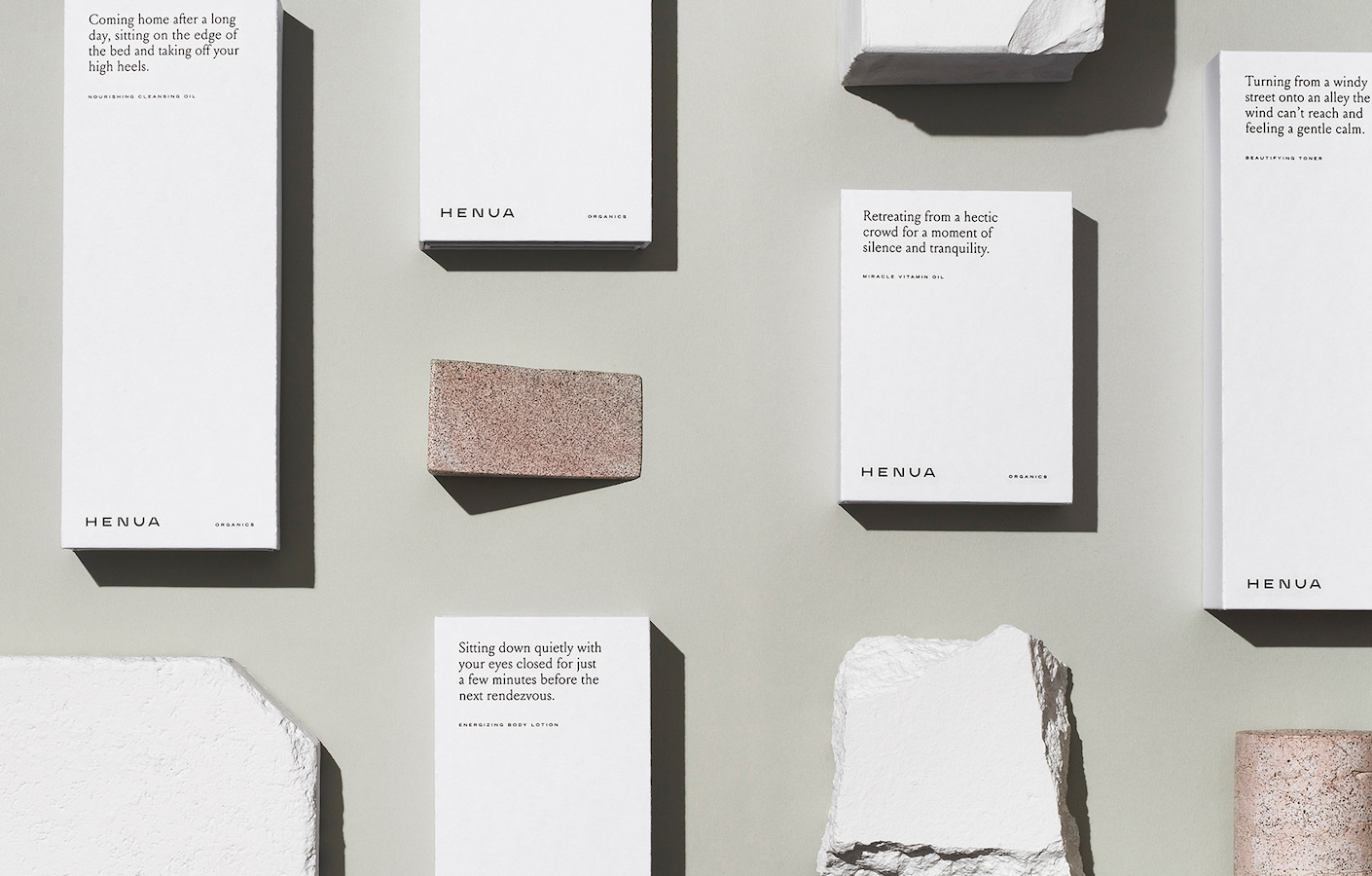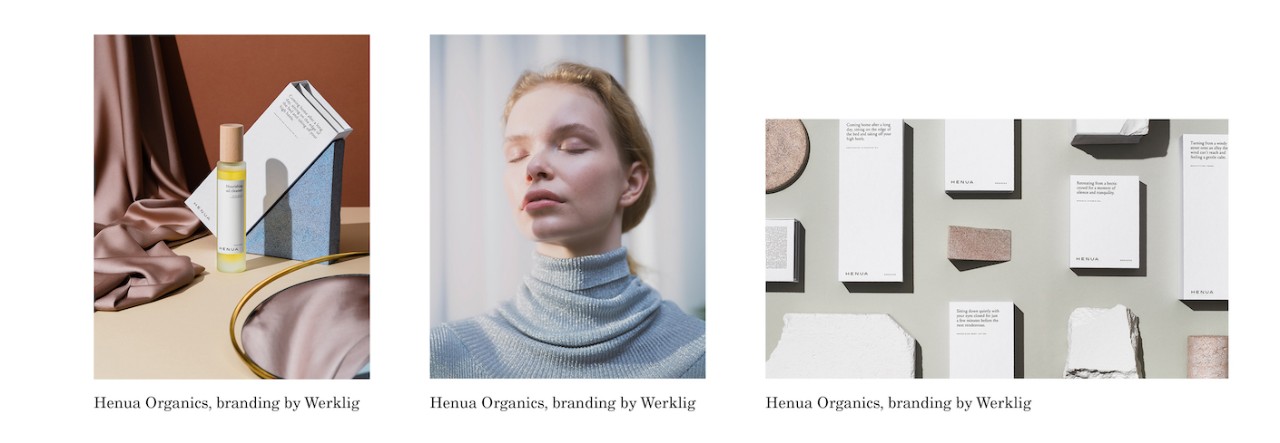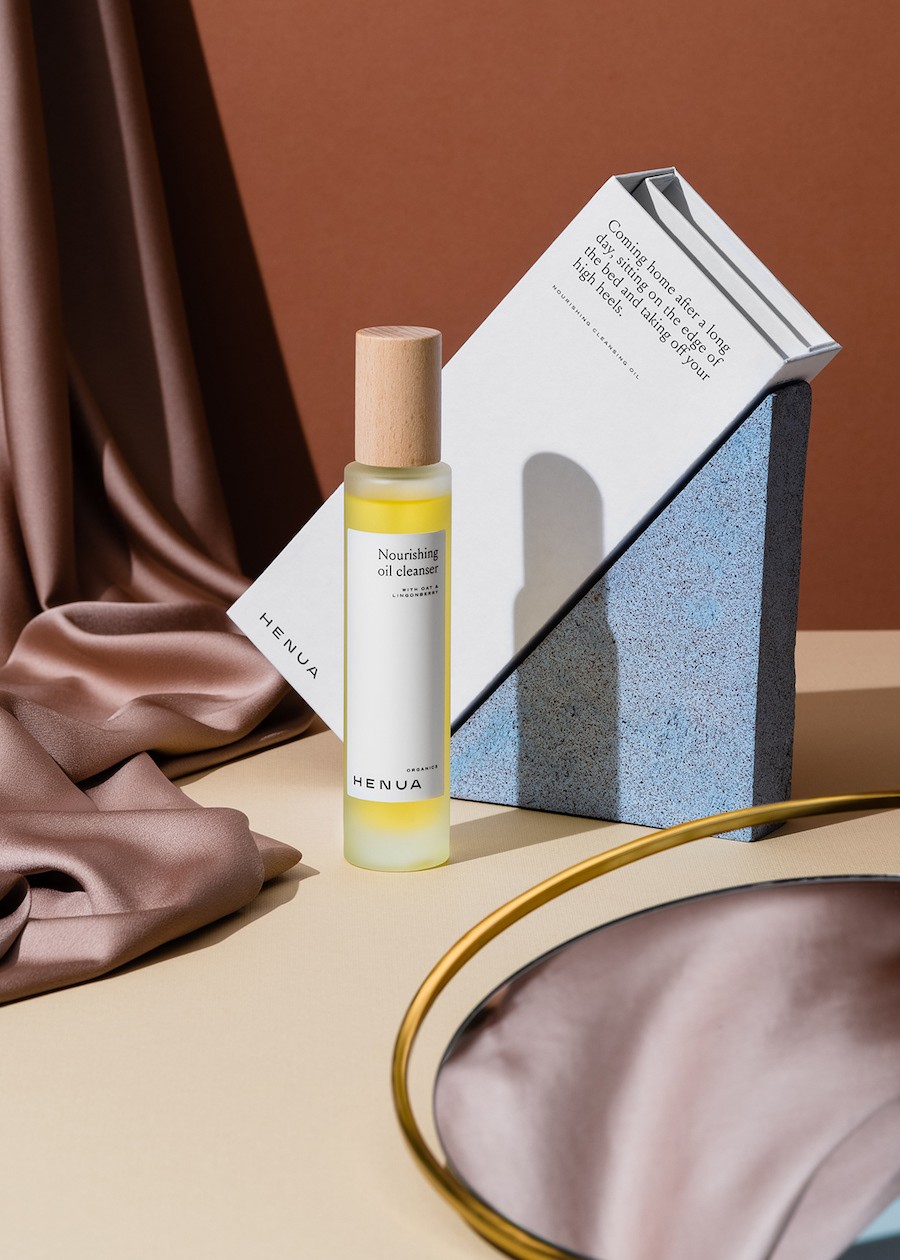
Is transparency impossible for an industry as complex and secretive as beauty?
Consumers’ thirst for transparency has reached the beauty sector, an industry notorious for deeply protected trade secrets, long ingredient lists and complicated supply chains. But can beauty brands deliver what customers want? The Future Laboratory explores how companies’ can move beyond greenwashing, to offer new routes to transparency.

2018 was a record year for the organic beauty industry. Sales of certified organic and natural beauty products totalled £86.5m, growing at an all-time-high rate of 14% (source: Soil Association Certification). Couple that with the findings from market research firm The NPD Group that more than half of women are looking for skincare products made from organic ingredients and it is clear that the industry is undergoing a fundamental shift. ‘Consumers are using their spending power to support brands that commit to natural ingredients and transparency,’ says Larissa Jensen, executive director and beauty industry analyst at The NPD Group.
This movement towards natural and organic beauty has been dubbed Clean Beauty, with the emergence of ‘clean’ brands such as Drunk Elephant and Tata Harper, that tout their elimination of certain ingredients. This is answering a clear consumer desire – 46% of women purchasing skincare in 2019 bought products without sulfates, phthalates and gluten (source: NPD Group).
In many ways clean beauty has become synonymous with transparency because its marketing focuses on highlighting ingredients, but the segment has not been free from controversy. The term ‘clean’ just like ‘natural’ has no actual regulatory meaning. Now, some claims of transparency have come under fire for simply being greenwashing. The Soil Association’s Come Clean About Beauty report uncovered several products with claims of organic and natural, but which had no official organic certification. The report found, for instance, that Coola’s Makeup Setting Spray prominently states ‘organic suncare’ on the front but contains seven chemical ingredients that would not permit it to be certified as such. ‘The industry isn’t regulated for beauty like it is in food – that means a product can contain as little as 1% organic ingredients and claim it is organic,’ explains Georgia Barnes, the Soil Association’s senior business development manager for beauty and wellbeing.
Transparency in general has been a tricky tenet for beauty brands to master, regardless of whether the product is natural or organic. On a surface level, some consumers simply want to understand what they are putting on their skin – a 2018 survey of 1800 people by the Fashion Institute of Technology’s Master of Professional Studies program in Cosmetics and Fragrance Marketing and Management (CFMM) found that 72% of consumers want a brand to explain what ingredients do. One method has been to use packaging as a medium to be more honest about exactly that. While traditionally ingredient lists are printed on the back of the pack, often in tiny print, some companies have experimented with making ingredients the star of the packaging. The Ordinary pioneered this approach when it launched in 2016, and more recently The Inkey List launched as a brand dedicated to transparency with a similar packaging aesthetic. Both feature stark black and white packaging that feature the ingredients in a product on the front. The Inkey List goes one step further, with its front-of-pack message describing what the product will do to the skin as well. Dubbing itself the ‘beauty translator’, the brand also offers a service on its website and Instagram to answer all skincare questions from the public.
Changing the packaging of a product to highlight the ingredients offers a surface level nod to transparency. It sheds new light on what inaccessible chemical terms mean and what they do for your skin but it does not necessarily answer where they come from. ‘There’s a marked difference between simply disclosing ingredients and having a poignant conversation with consumers about what is in your product and what is not in your product and why. Transparency is about full disclosure, not just listing ingredients,’ Gay Timmons, president of organic ingredients distributor Oh, Oh Organic tells Beauty Independent. In this dynamic, it is consumers who are shaping the debate about what a transparent brand should offer. Beyond explaining what ingredients do a majority of consumers (60%) want brands to identify sources of ingredients and a growing number (42%) feel like they do not receive enough information on ingredient safety (source: Fashion Institute of Technology).
Early adopter brands are making sourcing a part of their transparency narrative. Laurel Whole Plant Organics explains its sourcing methods through storytelling on its website and in social media, and keeps its ingredients limited to a 100-mile radius of its California headquarters.
Technology may offer another route to more visibility around ingredients sourcing. Beautycounter, a leading clean beauty brand that has a public list 1500 chemicals banned from its forumations, recently announced an initiative to responsibly source mica (an ingredient commonly used in cosmetics to give a shimmery glow). It is working with Sourcemap, a MIT-founded technology platform, to map their entire supply chain offering both the company, and its customers, the chance to understand exactly where its mica comes from. ‘By next year (in an unprecedented move) we will have audited all of our mica mine locations, giving our business to the most transparent and responsible suppliers – a radical step towards transparency in the beauty industry,’ Beautycounter said in a statement.


While Beautycounter promises to bring consumers’ ‘a fully traceable supply chain’, another option has been proposed by the aforementioned CFMM graduate students. Their concept, the clearBEAUTY app, puts knowledge and therefore choice in the hands of consumers. The app would use technology like Google Lens and Google Translate to enable users to simply take a picture of a product or ingredients list to bring up all its data in real time. Users could click on ingredients to understand their source and even comparison shop. The app would also state important production dates such as batch date, production date and expiration date, according to Fashionista.
The rise in natural and clean beauty brands has been inextricably linked to consumer concern about transparency, and not knowing or understanding the products they are putting on their skin. But at the same time, not all consumers want solely natural ingredients; some seek out the efficacy of lab-derived ingredients – what they want to know is its effects and its impacts. ‘Brands should learn how to balance the demand for natural, organic ingredients with education about the ingredients that are derived in a lab,’ advises advertising agency R/GA in a post on transparency being the new authenticity for beauty brands. ‘In truth, it’s not that consumers want a product made from a whole coconut and nothing else. They want a product that works and also uses healthy ingredients.’
Currently, there is a sliding scale of transparency, with open and honest packaging offering a gateway to more in-depth conversations about ingredients, and brands like Beautycounter leading the way on greater supply chain visibility. But developments in technology and traceability means that interactive platforms and social media storytelling are just the beginning of the beauty industry’s transparency makeover.












